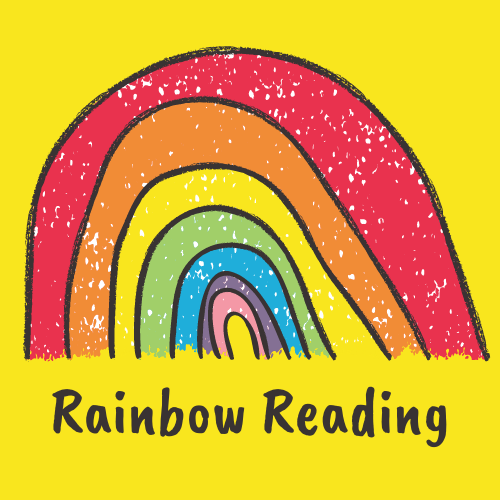
When you can’t quite put it into words.
Understanding Dysgraphia
Dysgraphia is a language-literacy learning difference. It typically involves difficulty with handwriting, spelling, and sentence formation. Most often, dyslexia and dysgraphia occur together; both are neurological language-based learning differences. Like dyslexia, writing requires activating the working memory for movement of each letter, sentence formation, and sequencing of ideas. Because dyslexic students have difficulty with their working memory, it very often affects their writing and overlaps with a dysgraphia diagnosis. There are three different types of dysgraphia: motor, spatial, and linguistic dysgraphia.
Signs & Symptoms:
Trouble forming letters
Awkward pencil grips
Difficulty forming and structuring sentences
Inability to follow the rules of grammar
Unable to organize thoughts on paper
There is strong evidence of a pronounced difference between spoken and written understanding
Slow, laborous writing
Poor spacial perception affecting letter spacing and drawing
Fine motor skills are not adequate, resulting in difficulties tracing letters or numbers and copying
The best treatment for students with dysgraphia is intervention. A teacher or tutor can supply the child with physical materials that may assist his or her writing, including larger pencils, special types of paper, letter formation drills, and handwriting practice. Using a multi-sensory approach in instruction is very effective for students with dysgraphia. Their ability to turn thoughts into words and put them on paper needs to be presented in a creative and modified manner. With patience and practice their written expression can improve.

